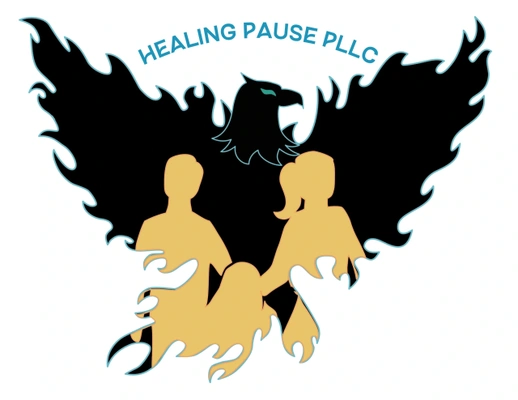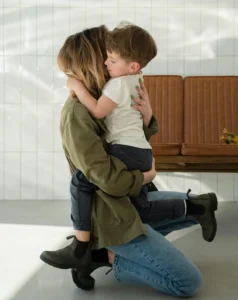Yeah, I’m not going to do the butterfly hug. That’s weird.
Ah kids, we’re only cool to hang out with for so long. Younger children will often do what we ask them but as they get older, they become more self conscious. Asking someone in Kindergarten to do the butterfly hug will probably work but asking a teen? You’ll get a look that’s for sure. Take a picture because it’s worth the look you get when I start to talk about it.
The butterfly hug was created by Lucina Artigas and Ignacio Jarero, and is a well-regarded technique for self-soothing and emotional regulation. The Butterfly Hug is often used in trauma recovery, especially in EMDR, as it activates both hemispheres of the brain and helps individuals feel grounded and calm during emotional processing. This was created working with Hurricane Survivors in Acapulco, Mexico. In 2000, she received the EMDR International Association Creative Innovation Award for the technique. The butterfly hug is frequently used as a coping skill and calming technique for anxiety and emotional regulation.
Imagine crossing your arms over your chest and tapping every other side while thinking of calming things. Bilateral stimulation involves engaging both sides of the brain through rhythmic, alternating motions, such as tapping, eye movements, or sounds. In EMDR, this type of stimulation helps the brain process and integrate traumatic memories in a healthier way. This crossing of the arms can provide a sense of comfort, similar to a hug. Wrapping your arms around yourself can create a sense of reassurance and comfort.
The challenge is if you ask a teen or an adult to do this, no one wants to call attention to themselves at work or school. Imagine giving yourself those hugs in the middle of a zoom meeting. There’s very little chance of an older child, teen or adult using this. They want something that works as well but is more discrete. In my experience, there are several different ways to do this with out letting other people know. An alternative could be tapping the outside of your legs or tapping the feet like you are in band. Slow sets of taps from the right side to the left side. You can also tap on your stomach or lap below your desk. This can provide you with a sense of comfort and grounding. It also keeps your teens from looking at you with that look.
Artigas, L., & Jarero, I. (2010). The butterfly hug. In M. Luber (Ed.), Eye movement desensitization and reprocessing (EMDR) scripted protocols: Special populations (pp. 5–7). Springer Publishing Company.
Weird But Effective: The Butterfly Hug Tapping Technique For Instant Calm
The Butterfly Hug: A Sensory-Based EMDR Method for Bilateral Stimulation – Corala blanket
Disclaimer
The information provided on this blog is for informational purposes only and is not intended to replace professional counseling or therapy. While the content aims to offer general guidance and insights, it should not be construed as a substitute for personalized mental health treatment or therapy.
If you are experiencing emotional distress, mental health challenges, or believe you may need professional counseling, I strongly encourage you to seek assistance from a licensed therapist or healthcare provider. Every individual’s situation is unique, and professional guidance is essential to developing a personalized treatment plan.
In case of a mental health emergency or if you are in crisis, please contact a healthcare provider, therapist, or reach out to a helpline or emergency service in your area.
Confidentiality: While I strive to provide accurate, thoughtful content, please note that blog comments or inquiries are not confidential. For confidential advice or therapy services, please schedule a private session with me or another licensed professional.

